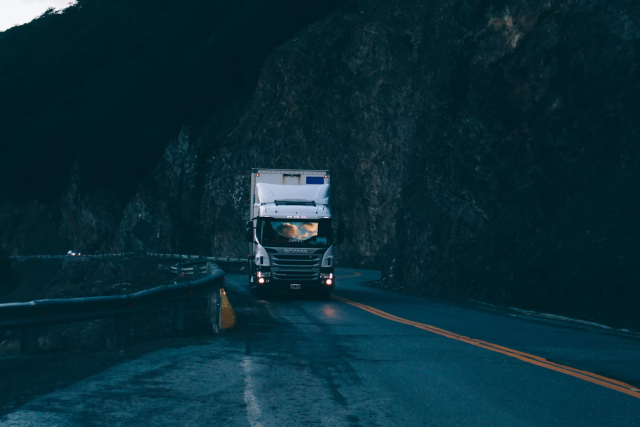
Welcome readers! We're hitching a ride into the dynamic world of trucking, an industry that continues to evolve at full throttle. Navigating this sector's expansion is akin to keeping pace with a high-speed freight train—exhilarating yet challenging.
The landscape of logistics is shifting beneath our wheels, propelled by innovation and a growing economy. Today, let's unpack five pivotal trends reshaping how goods are transported across highways and cities. Fasten your seatbelts; it’s time to explore the trucking industry's accelerating journey.
1. Embracing Technological Advancements
The trucking sector is steering towards a tech-rich horizon. Advances in telematics and automation are like the GPS guiding this industry to new efficiencies and safety standards.
Intelligent software isn’t just about tracking; it's revolutionizing logistics planning and driver assistance features, reducing errors that human navigators might overlook. This digital transformation gears the trucking industry up for smoother rides ahead, ensuring deliveries that are both timely and reliable.
2. Day Cab Trucks vs Sleeper Trucks
2. Day Cab Trucks vs Sleeper Trucks
When selecting trucks, the industry compares day cabs and sleeper trucks like they're choosing between a sprinter or a marathon runner, with each type serving distinct routes efficiently.
For urban delivery or regional distribution, companies optimize their operations with agile and economical used day cab trucks. Contrarily, sleeper trucks are the titans of long-distance trucking, offering living quarters for drivers during cross-country journeys.
Identifying truck types that align with specific route requirements has become vital in modern fleet management tactics.
3. Environmental Regulations and Sustainability
As environmental concerns accelerate, the trucking industry gears up toward sustainability like a rig climbing a steep grade … both challenging and essential.
Stringent emissions regulations are driving fleets to adopt greener technologies. Electric vehicles (EVs) and alternative fuels dart onto the scene like new players in the transport game, cutting down carbon footprints.
Companies are not merely adapting; they're embracing these changes as part of their growth strategies, effectively turning compliance into a competitive advantage by investing in eco-friendly operations that resonate with environmentally conscious consumers.
4. The E-Commerce Effect
E-commerce has impacted the trucking industry like a turbocharger, boosting demand for shipping as consumer expectations for rapid delivery rev into high gear.
This surge has urged trucking companies to adapt with agility resembling race car pit stops—quick, efficient, and precise. Logistics strategies expand and refine continually to handle the volume of goods moving from warehouses directly to customers' doorsteps.
Truck fleets now have the critical task of reducing transit times while ensuring package safety and customer satisfaction—an intricate dance between speed, efficiency, and reliability that defines modern commerce logistics.
5. Workforce Development and Driver Shortages
Confronting the driver shortage is like playing a game of musical chairs in the trucking industry—except the music doesn't stop, and there are always too few drivers when it does.
To address this persistent challenge, companies are investing heavily in workforce development, seeing a fertile ground for growth. Many are boosting recruitment through innovative training programs and providing competitive benefits.
These efforts aim not only to attract new talent but also to retain seasoned professionals, ensuring that as the number of chairs dwindles, there's always a qualified driver ready for the journey ahead.
Key Changes and Growth Metrics in a Nutshell
- Adoption of Autonomous Trucks: Self-driving technology is revolutionizing delivery times and safety.
- Increased Use of Telematics: Enhanced route optimization and fleet management capabilities.
- Surge in Last-Mile Delivery Services: E-commerce growth dictating the expansion of urban delivery networks.
- Expansion into Alternative Fuels: Shift towards electric vehicles (EVs) to meet emission standards.
- Workforce Development Programs: Investment in training to alleviate the driver shortage dilemma.
In Conclusion
Navigating the ever-evolving roadmap of trucking isn't straightforward. But with these insights, you're now equipped to understand the wheels of change transporting us into a new era of logistics. Drive safe and stay informed!
Disclaimer: This post was provided by a guest contributor. Coherent Market Insights does not endorse any products or services mentioned unless explicitly stated.





